UPDATED AUGUST 6, 2025
In Lesson #2, we talked about the sources of leather, animal and alternative. Cowhide is the most common leather (comprising 67% of leather produced globally).
But not all cowhide leather is the same. Tanneries create different kinds of leathers by processing cowhide into different "splits" and using different tanning methods and finishes.
In this post, we demystify leather splitting, which explains the differences among many common names for leather, like full grain, top grain, genuine, suede, and bonded.
TLDR; Only a minority of leather uses the entire thickness of the hide (full grain). Most lower quality leather has the toughest top layers sanded away (top grain, genuine), while the rest are made from their waste products (suede, bonded).
Leather Learning Series
This post is part of our "Leather 101" educational series. We're sharing everything we know about our favorite material!

Jump to Section
Leather Splitting, Explained
When hides are sold to a tannery, they are sorted and graded based on the quality of the hide. A hide tells the story of an animal's life: where she got bit by a mosquito, scratched by a tree or pierced by barbed wire, or where he was branded. Each of these scars makes a mark on the top of the skin, or dermis. The skin has many layers to protect bodies from the elements, and a cow's skin is particularly thick.
As you can see in the picture below, the main two layers of the skin are the grain, which is near the surface, and the corium, which is underneath the grain. The structure of the leather changes as you get closer to the grain or the corium, with the fibers oriented in different directions and natural collagen in tight or loose bundles. This has an impact on the strength and character of the leather.

At the tannery, one of the first decisions they have to make is how to "split" the hide. They split the leather lengthwise into grain, grain/corium junction, and/or corium.
They would decide this based on the quality of the hide and the manufacturing purpose. Manufacturers essentially get to turn each hide into two -- or even three -- hides by using different manufacturing processes: a "grain" leather (full grain or top grain), a "split" leather, and a "bonded" leather.
This is a fun and funny video explaining the difference in hide structure with chalkboard drawings, by a fellow business using full grain vegetable-tanned cowhide like we do.
Grain Leathers
Hair-On
This is the simplest process. When a hide is hair-on, the epidermis is cleaned and left intact along with the fur or wool and the grain layer.
The hide goes straight to tanning (more on that in the next post).

Full Grain
Only the highest quality hides get turned into full grain leather, and many believe (as we do) that full grain is the highest expression of leather. That's why only 10-15% of leather becomes full grain leather.
Full grain leather is the entire thickness of the grain. The surface is smooth and tight. It may have a little character with occasional stretch marks, creases, wrinkles, bites, brands, or scars.
Why would you want to keep the characterful grain layer, with its scars and bites? Three reasons:
- The grain layer is the toughest, most durable layer, due to the tight collagen bundles. It will not rip or tear.
- The surface of the grain layer has more longevity, due to its unique interaction with oils and sunlight. It gets darker ("tans") and more lustrous with age and use.
- Its character can be appreciated for what makes it beautiful and unique, just like the natural wood grain of a fine wood like birdseye maple or knotty pine.
In the photo below taken from our workshop, there was a small natural tear in one of our full grain vegetable-tanned hides, which clearly shows the smooth surface torn from the grainy, nappy under layers:

Top Grain
Top grain leather is the grain and corium junction with the top of the grain layer sanded off. Sanding removes the surface character, which are the scars and the marks on lower quality hides, but it also removes the most durable outer layer of leather. This reduces the longevity of the leather, but it is still pretty good quality.
Unlike full grain leather, top grain leather has a less tight structure, making it more stretchy, and the surface does not age as nicely.
The surface has a consistent, even, pebbly pattern, which many associate with the look of leather, but this texture is easily imitated by machine stamping on inferior leathers.

Split Leathers
Suede and Genuine Leather
This leather is the corium that has been "split" - or left behind - from the grain of top grain or full grain leathers. The fibers of the corium lay flat and rest in loose collagen bundles. It is less durable and more prone to tearing.
This kind of leather has many names: genuine leather, split leather, corrected leather, embossed leather, coated leather, Napa leather, painted leather, suede, and more. (Incidentally, nubuck is a top grain leather with a finishing that makes it soft like suede.)
Suede has been marketed as a luxury, high end product, but suede's softness is nothing more than the delicate, soft, raw, and loose fibers left behind after splitting off higher quality leathers.
In its natural state, the surface of genuine leather doesn't have much texture, but manufacturers can stamp, deboss, or imprint it to look like whatever they want. It can be coated with polymers to look like full grain. It can be pressed with a pattern to look like top grain. It can even be debossed with a unique pattern to look like a completely different animal, like ostrich or crocodile.


Bonded Leathers
Upholstery Leather, Reconstituted, Blended
The particleboard of leathers, bonded leather is what manufacturers do with all the leather dust that got sanded off top grain and genuine leathers.
Also called reconstituted or blended leather, it is "a manufactured upholstery material which contains animal hide" (Wikipedia) but is as much other materials.
The leather dust is combined with rubbers and glues and adhered to a paper and/or fabric backing. It is essentially a fabric with leather dust in it.
While appreciably making use of the entire hide, it requires the heavy use of industrial glues and chemicals to hold together. It is the least durable and naturally the least expensive of all the leathers. Its surface can be stamped, painted, printed, or debossed to look like anything the manufacturers want.
It can also be produced in sheets or rolls to any size, so its size is not restricted to the animal's silhouette - which can be particularly advantageous for upholstery.


Lesson #3 at the Walnut Workshop
Blueprint Tube
Our all-leather, hand-sewed Blueprint Tube makes the most of a large expanse of full grain leather. The area of the 30" long tube is quite big when cut out of the hide (we can only cut out a couple per hide!).
This means you can really appreciate the surface character of that un-sanded full grain hide and all its variations in its natural state.
Next Lesson
In our studio, we use exclusively full grain, vegetable-tanned cowhide.
In Lesson #4, we'll discuss what the tanning processes are: vegetable-tanned, mineral (chrome) tanned, and other methods.
Leather Learning Series
This post is part of our "Leather 101" educational series. We're sharing everything we know about our favorite material!
- Lesson 1: Leather Basics
- Lesson 2: Leather Sources
- Lesson 3: Leather Processing
- NEXT -->Lesson 4: Leather Tanning
- Lesson 5: Recap: The "Best" Leather
- Lesson 6: Leather Finishes
- Lesson 7: Leather Variability and Product Quality
- Lesson 8: Recap: The "Most Sustainable" Leather
- Lesson 9: Vintage Leather in the Store
- Lesson 10: Leather Rescue and Rehabilitation
- Lesson 11: Leather Care and Crafting
Get the full series delivered to your inbox in one email per day for 11 days:
Sign up for the email series >>>

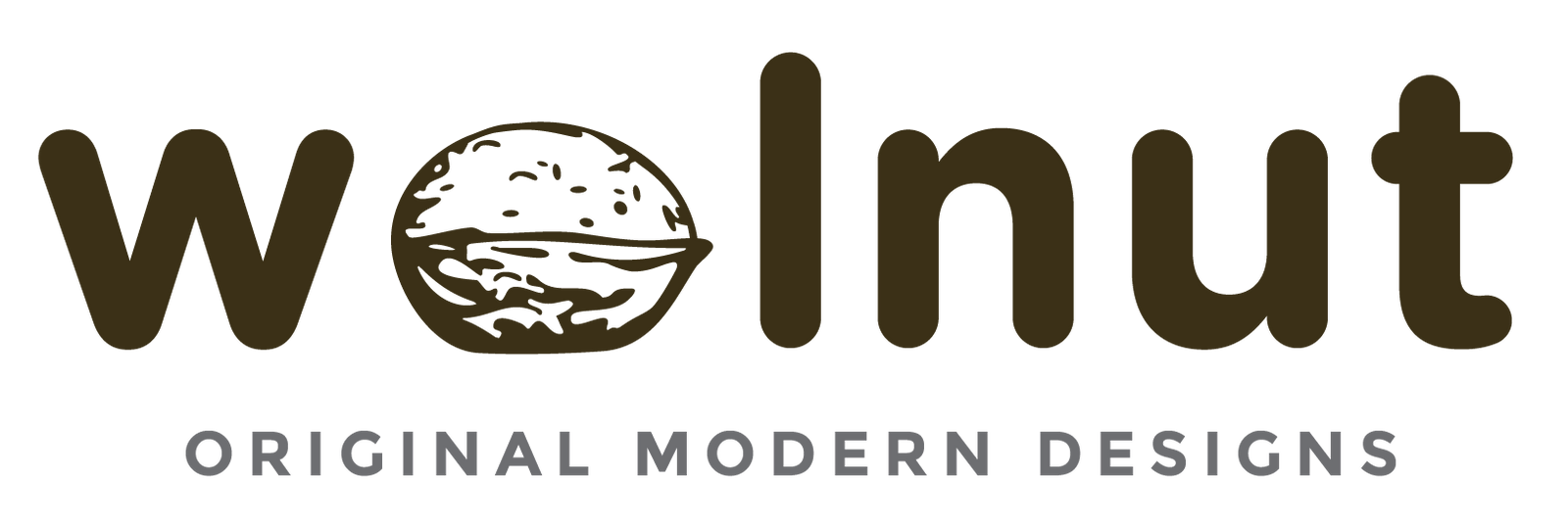
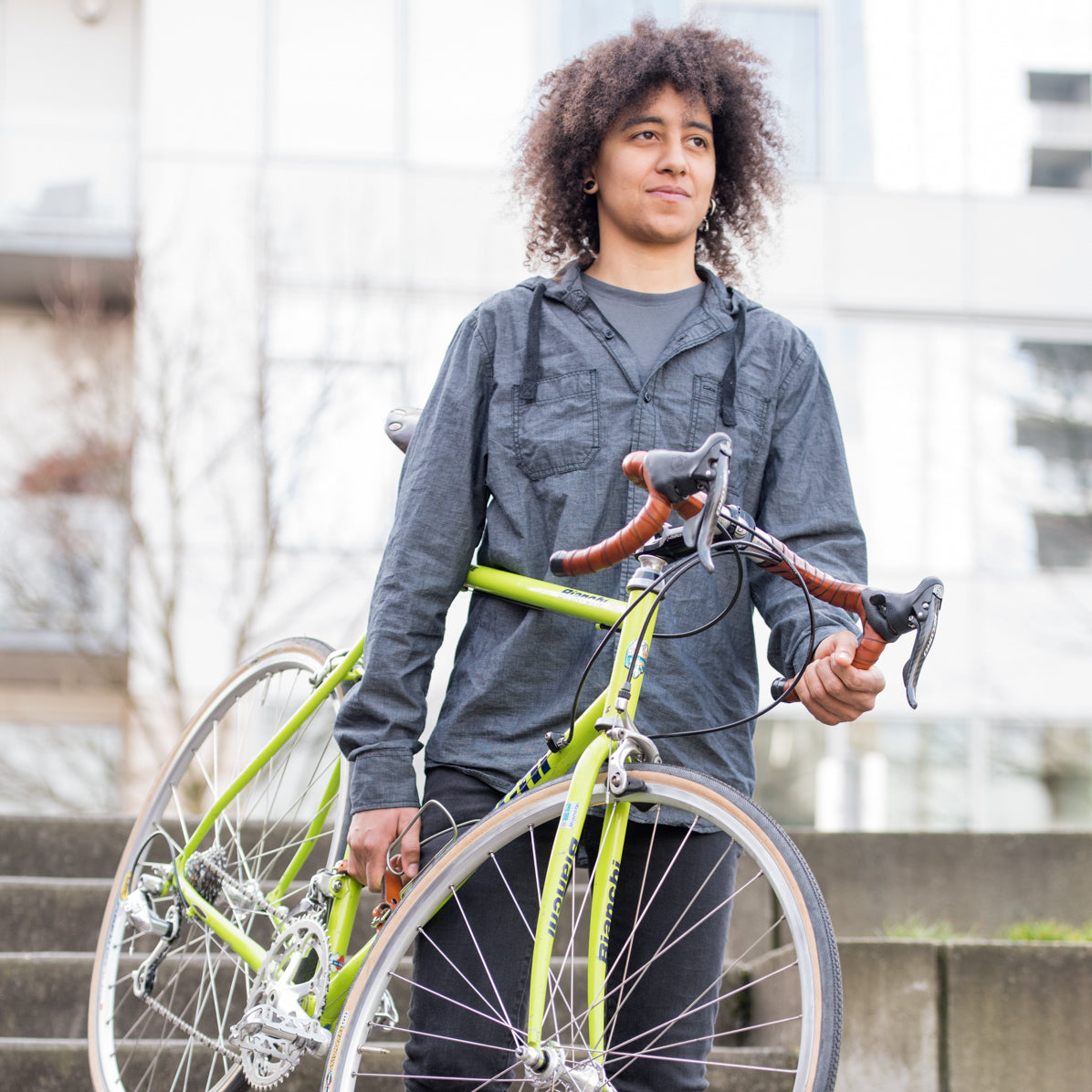
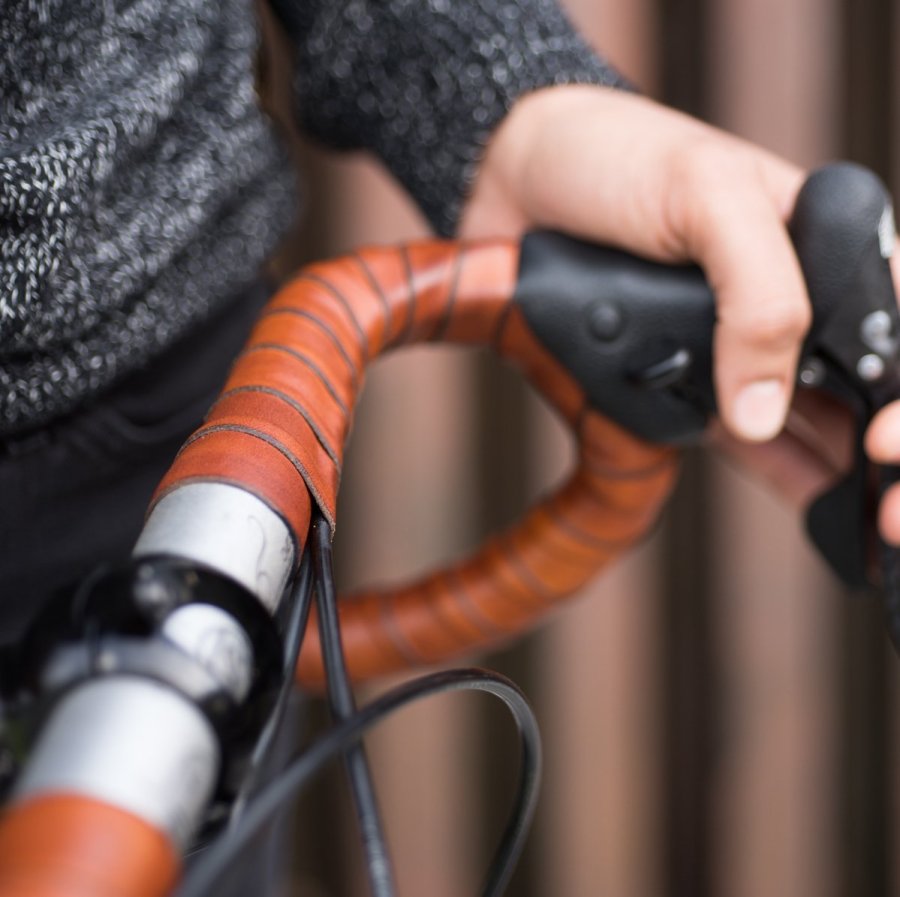
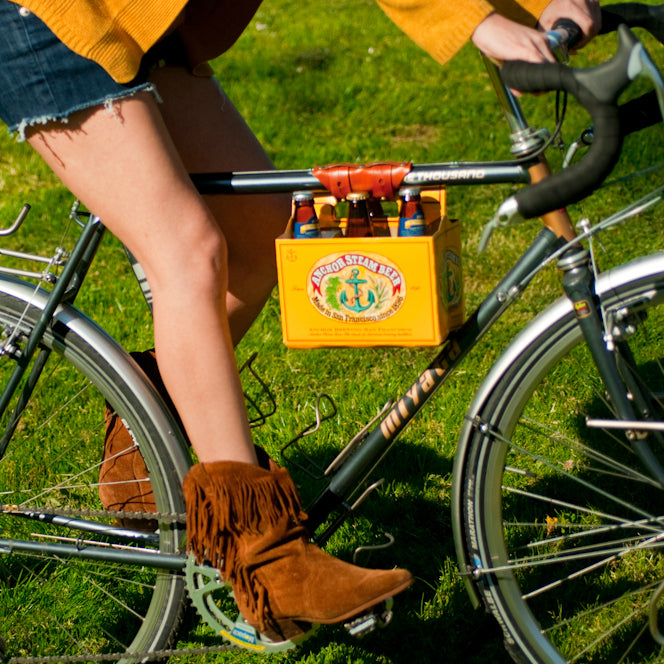
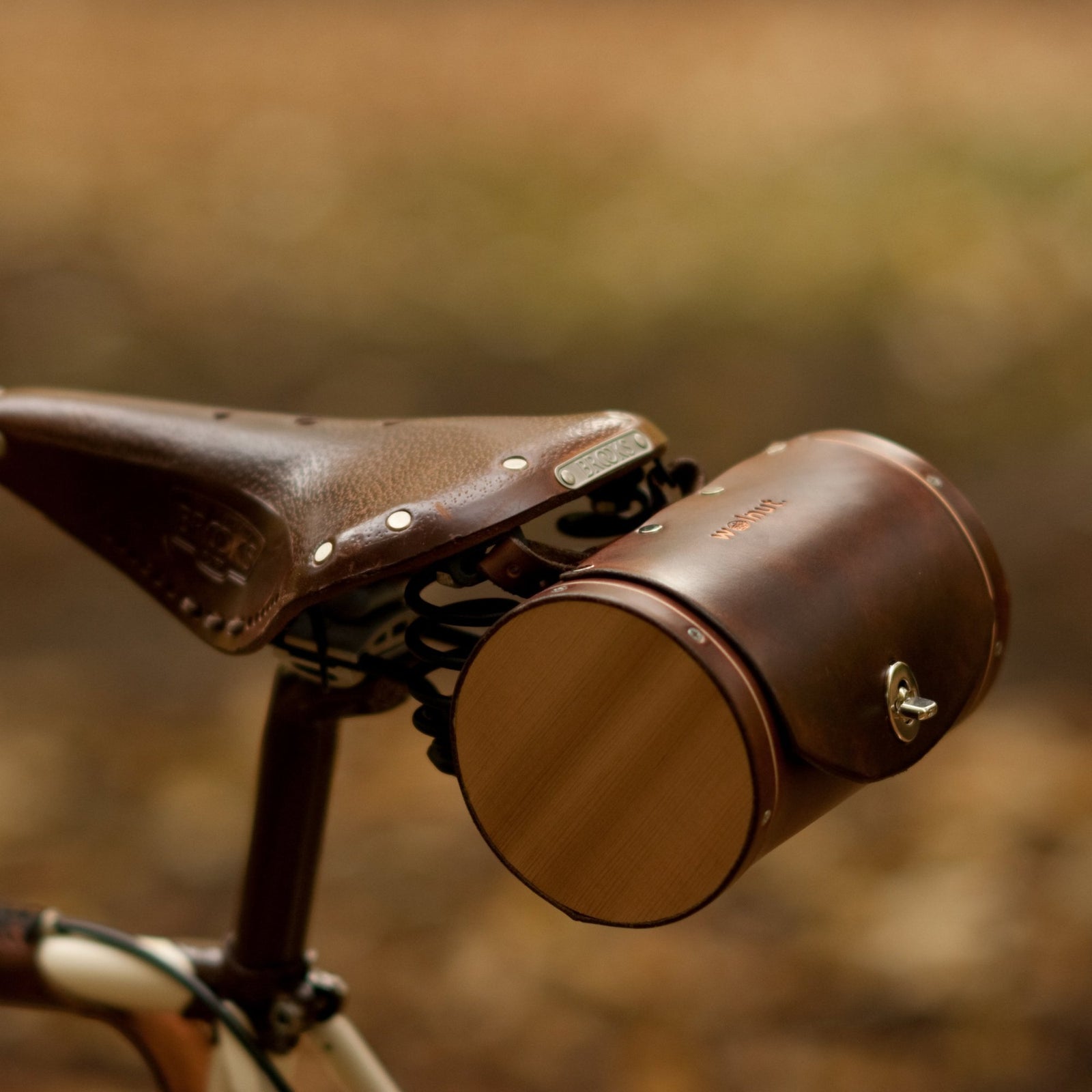
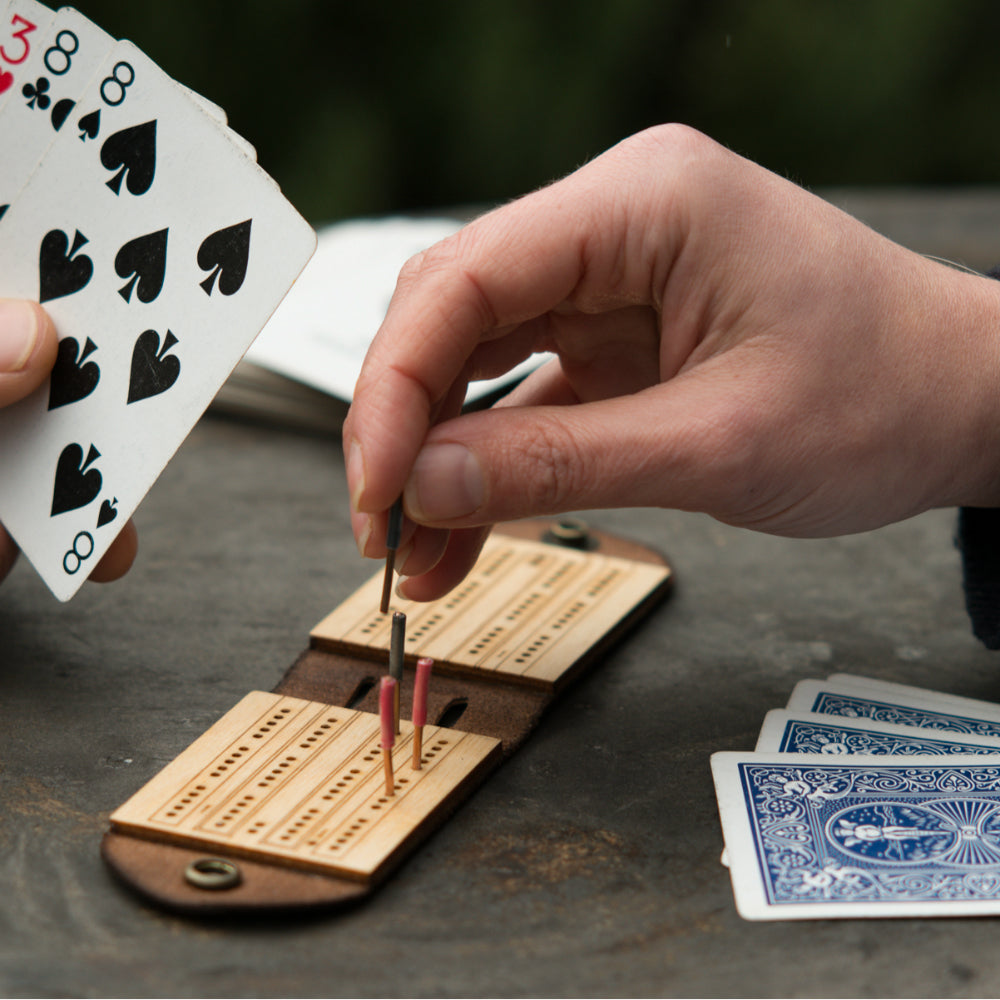
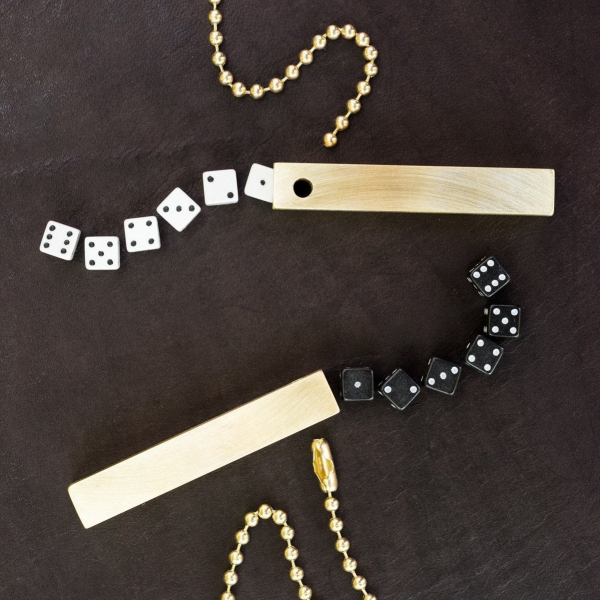
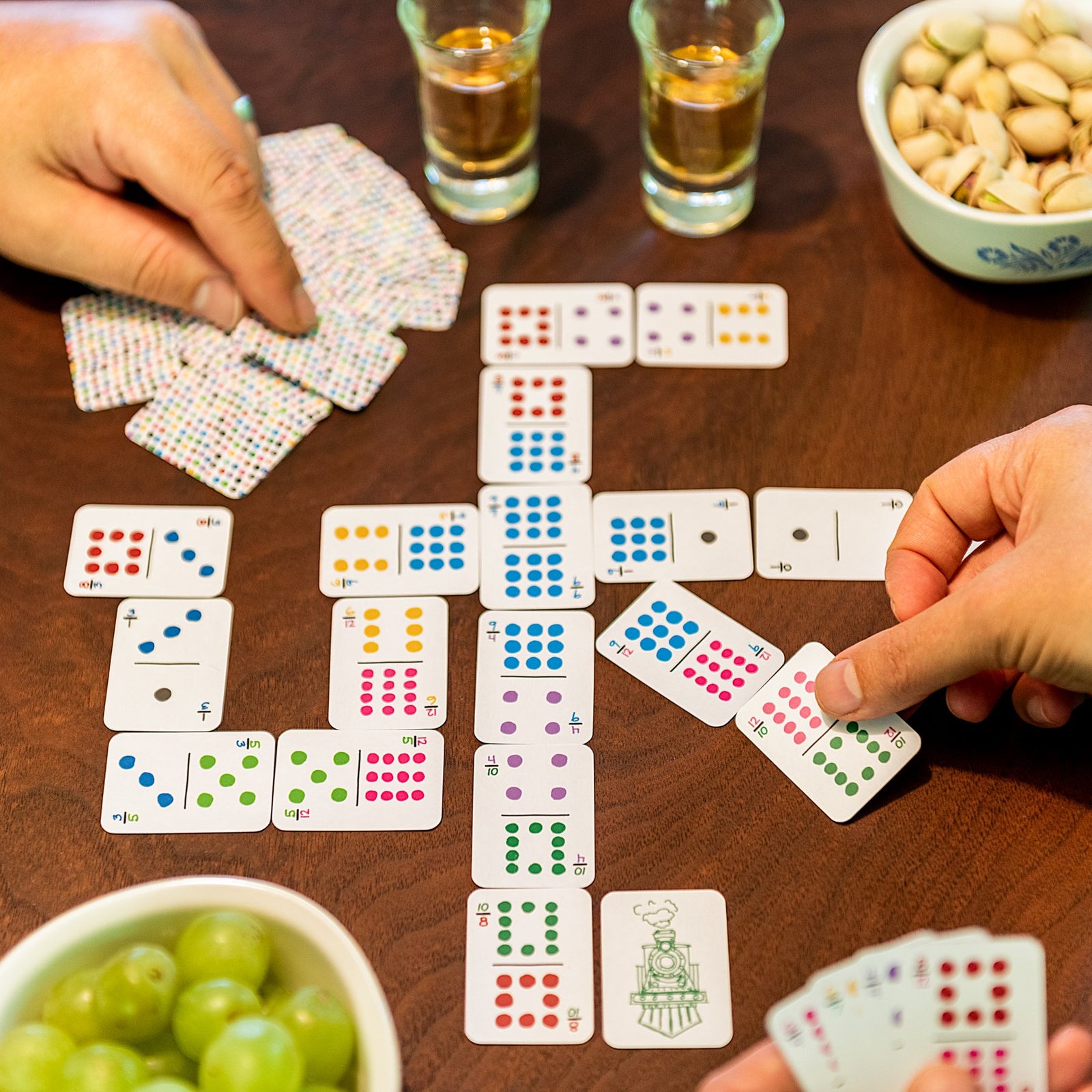
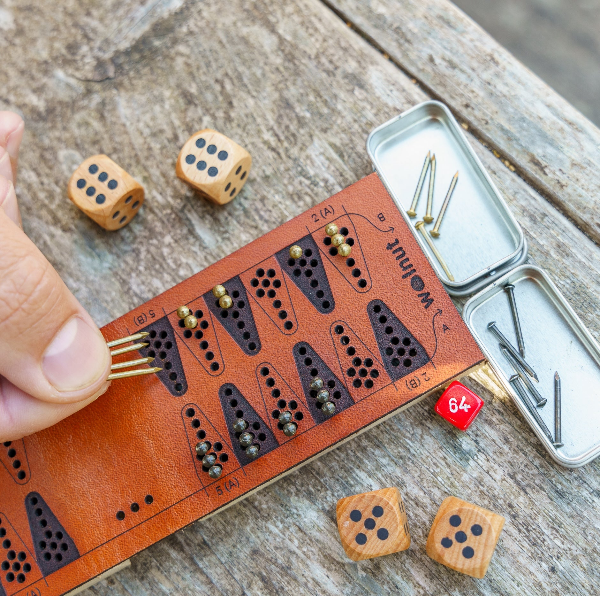
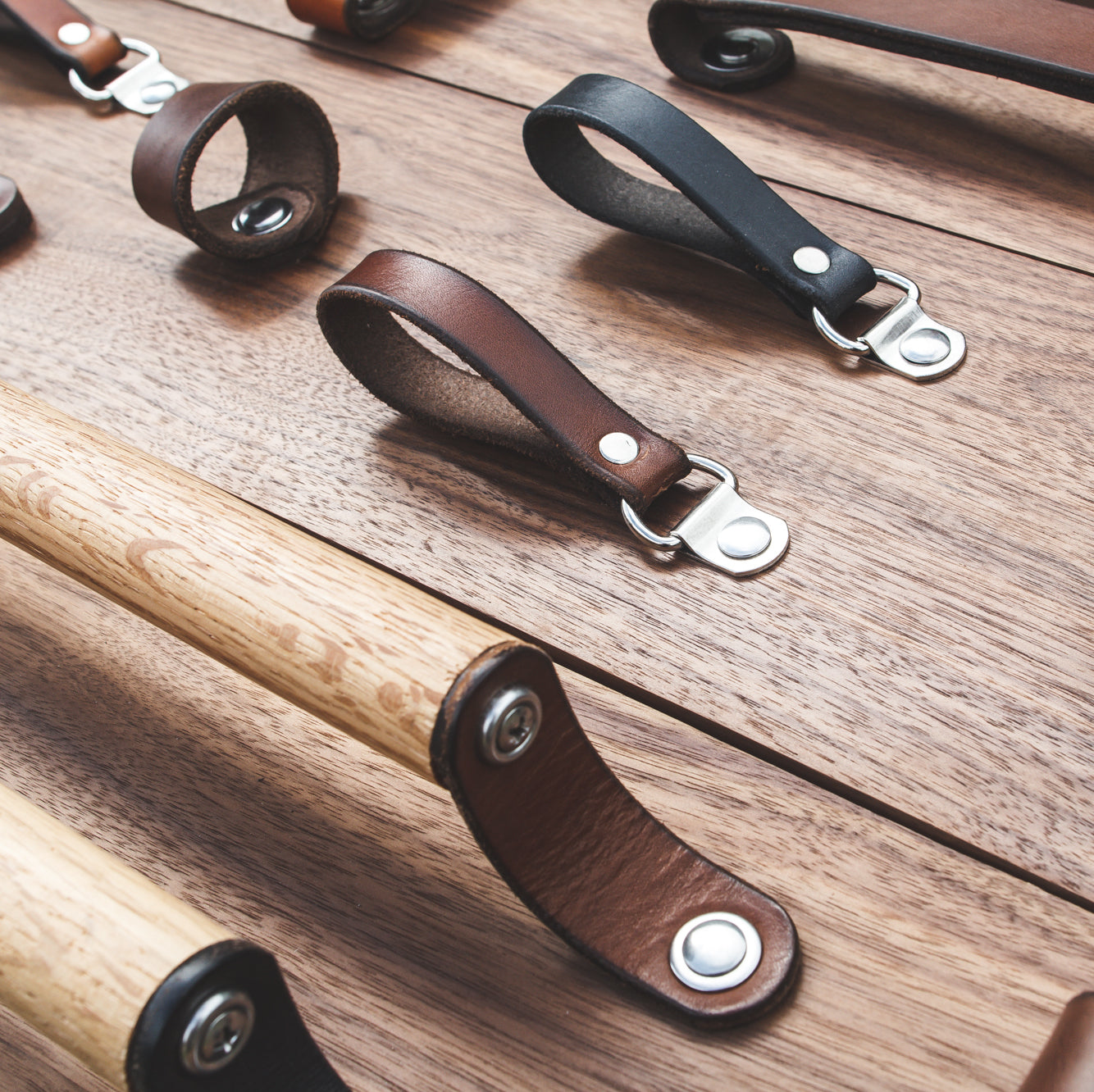
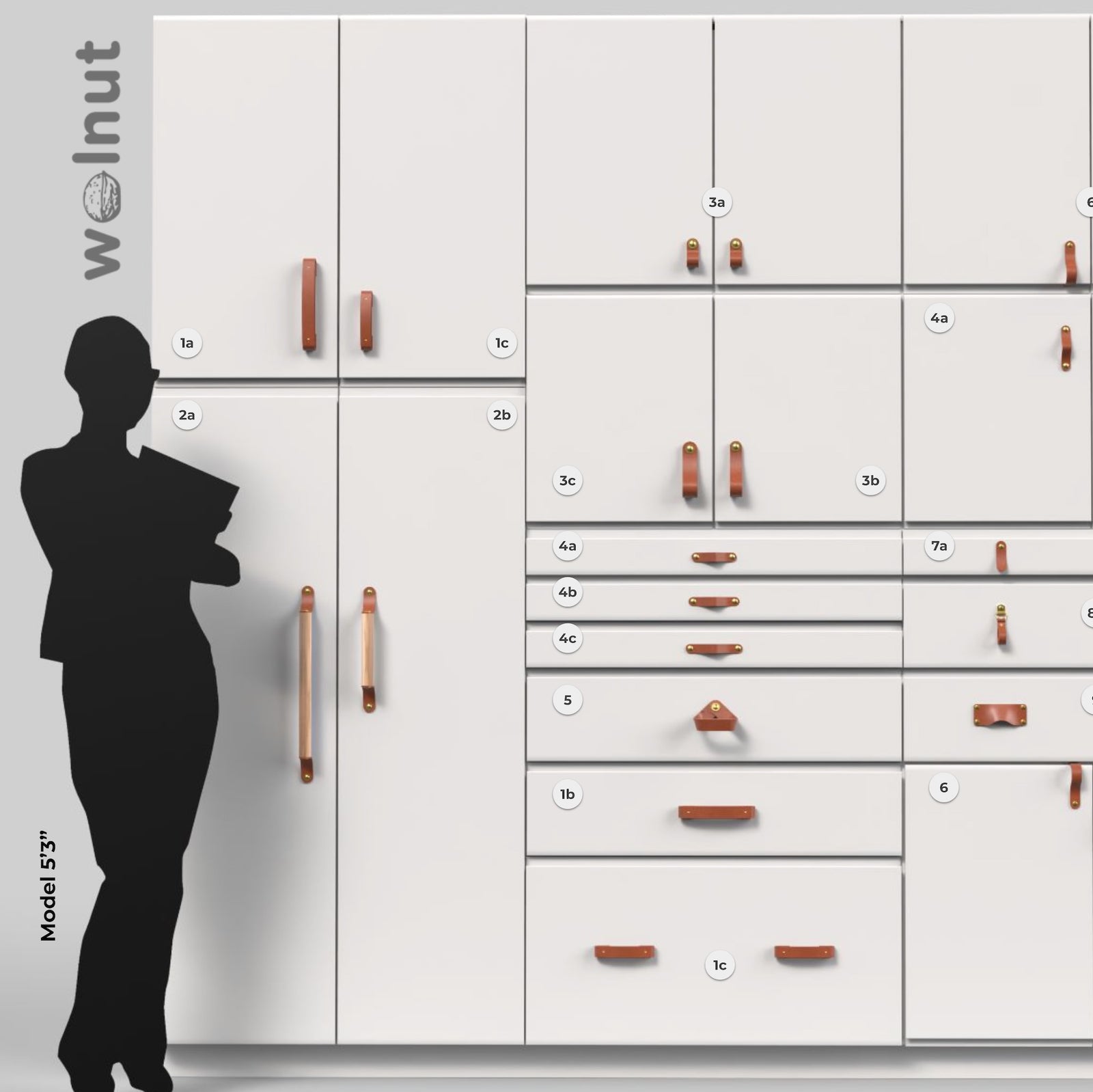
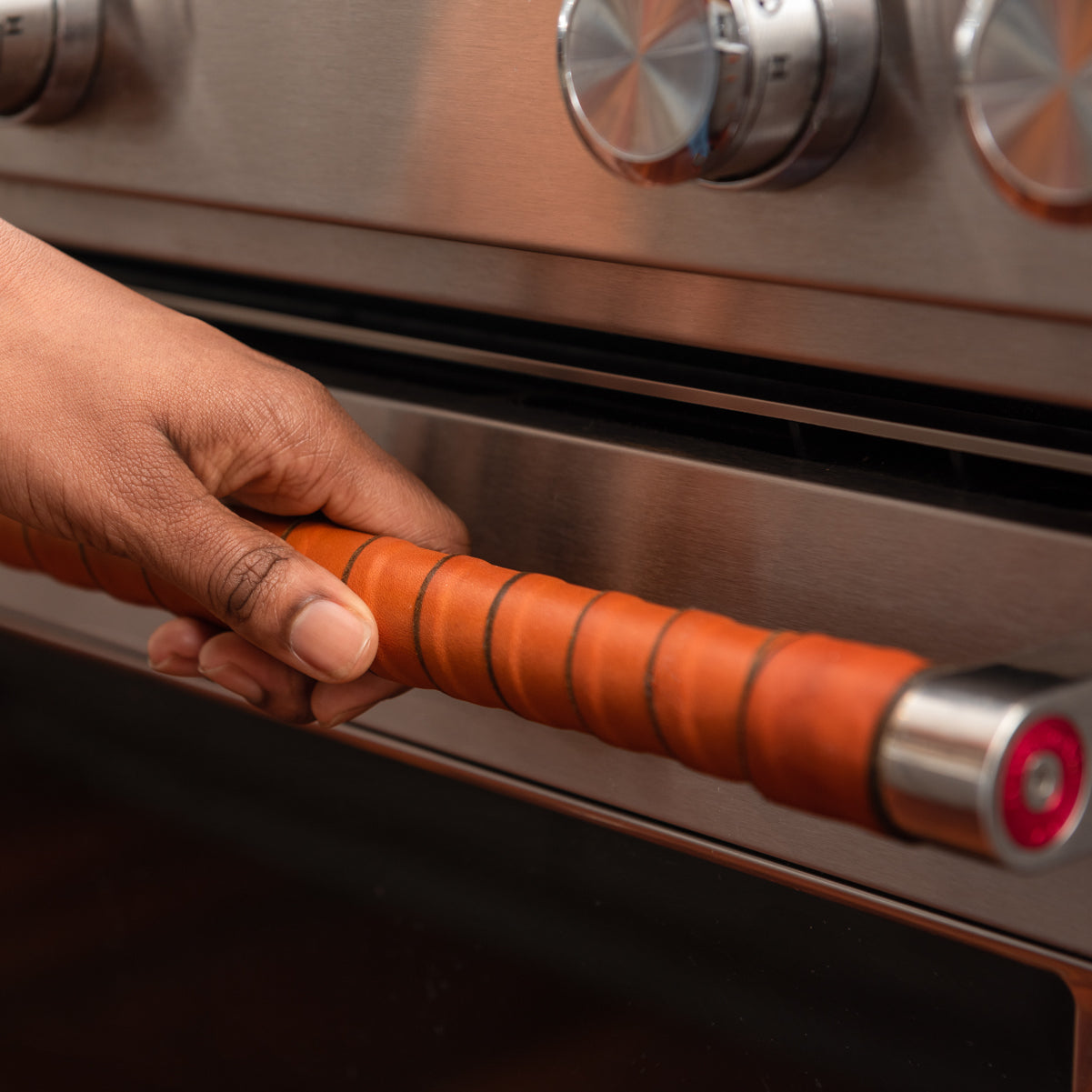
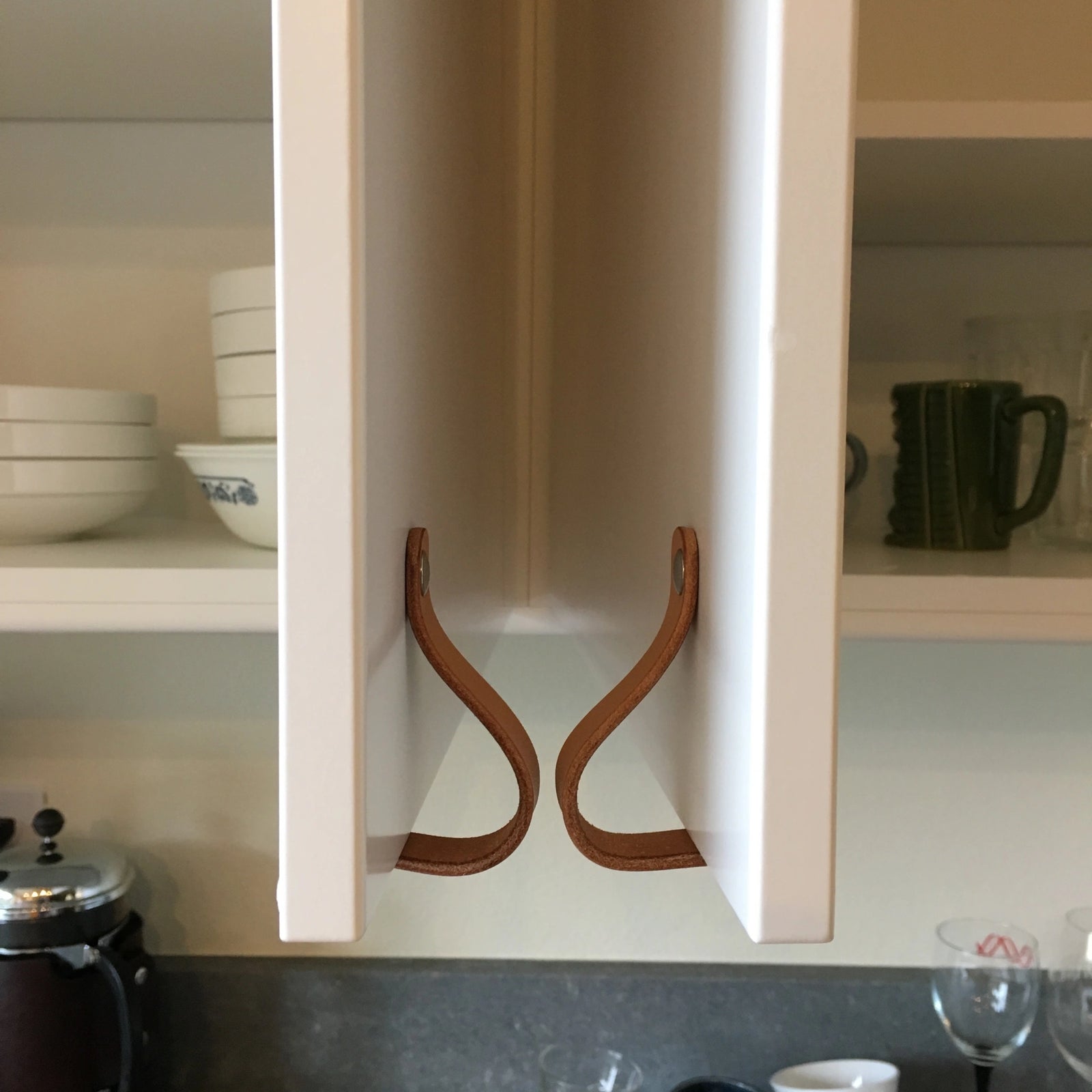
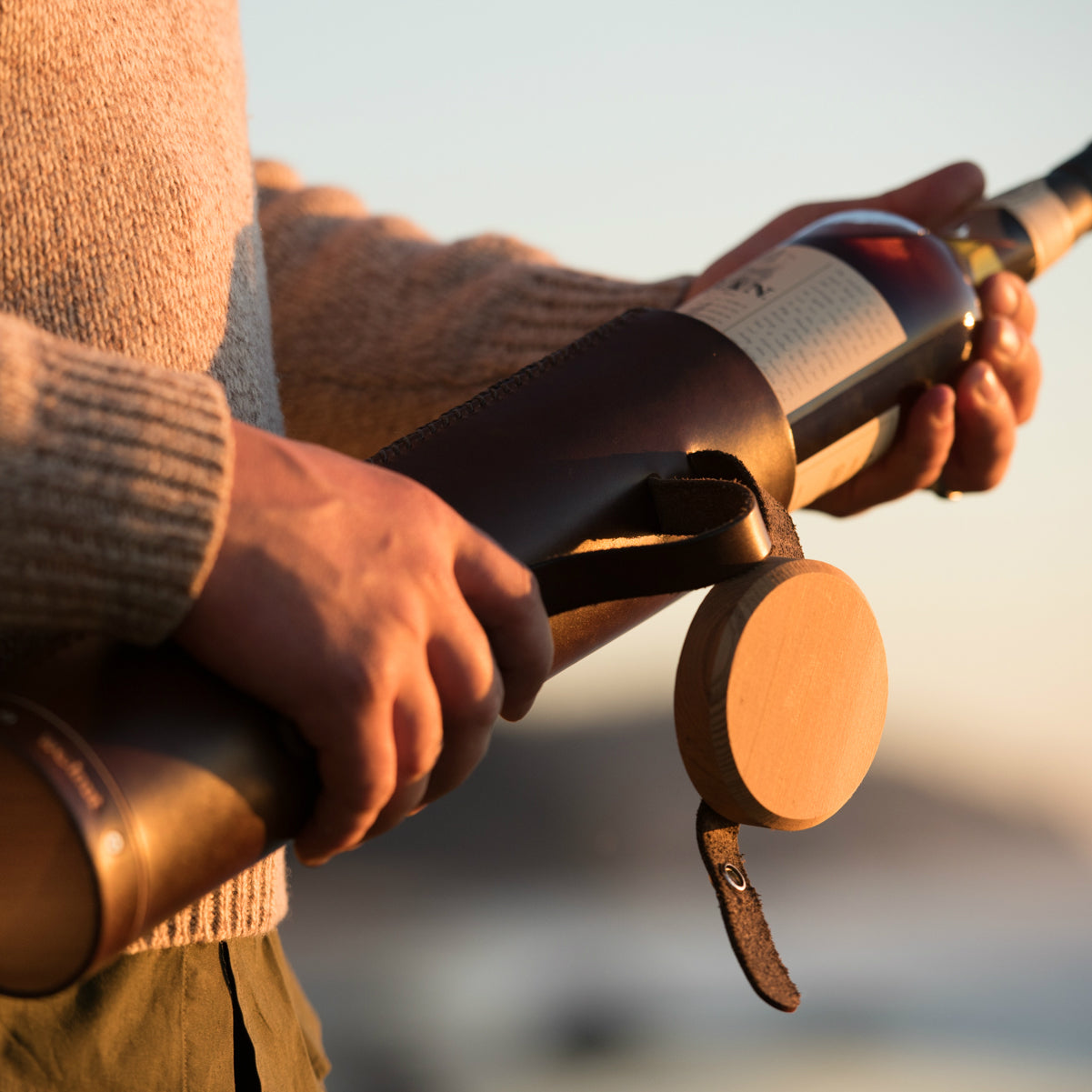
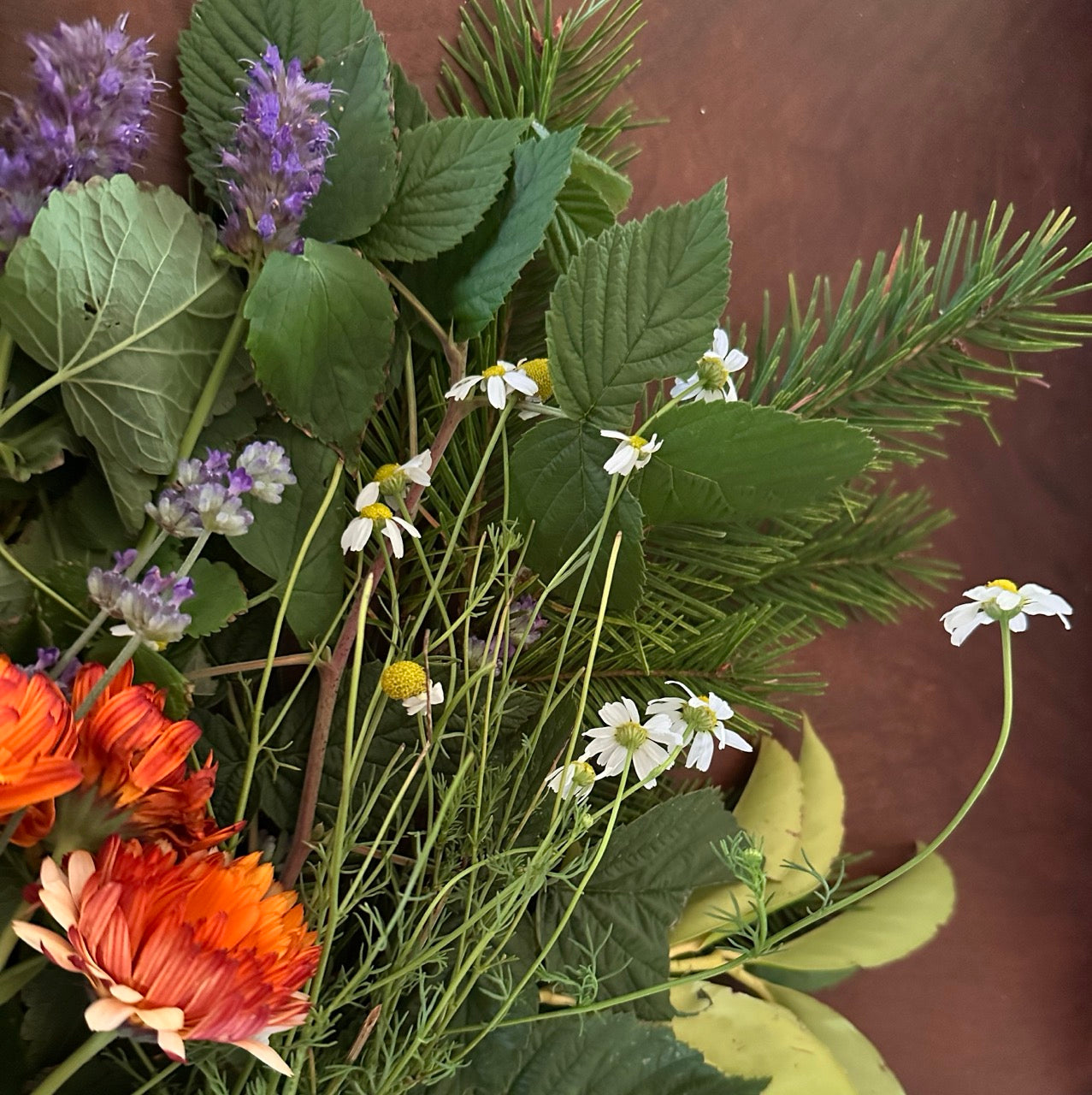
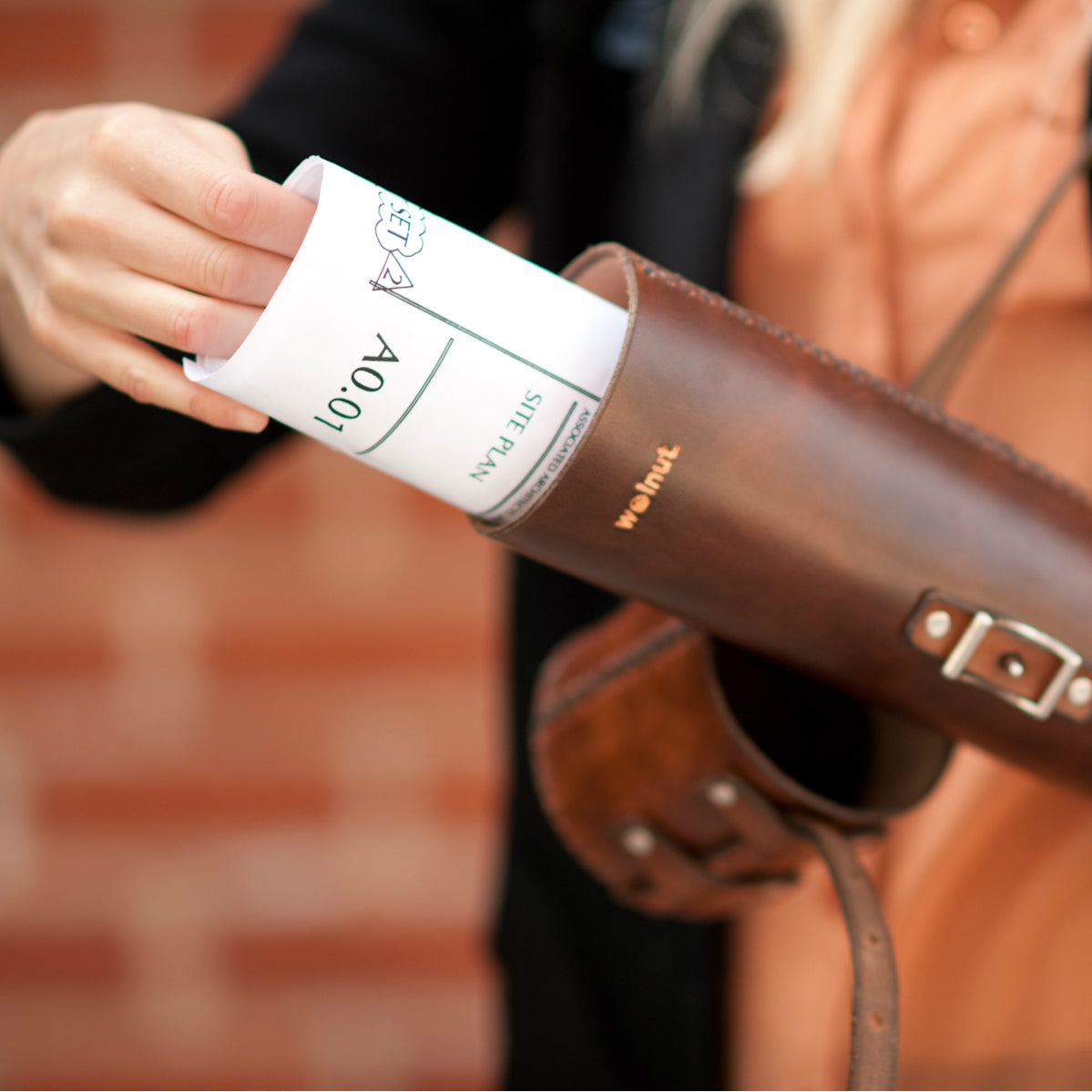
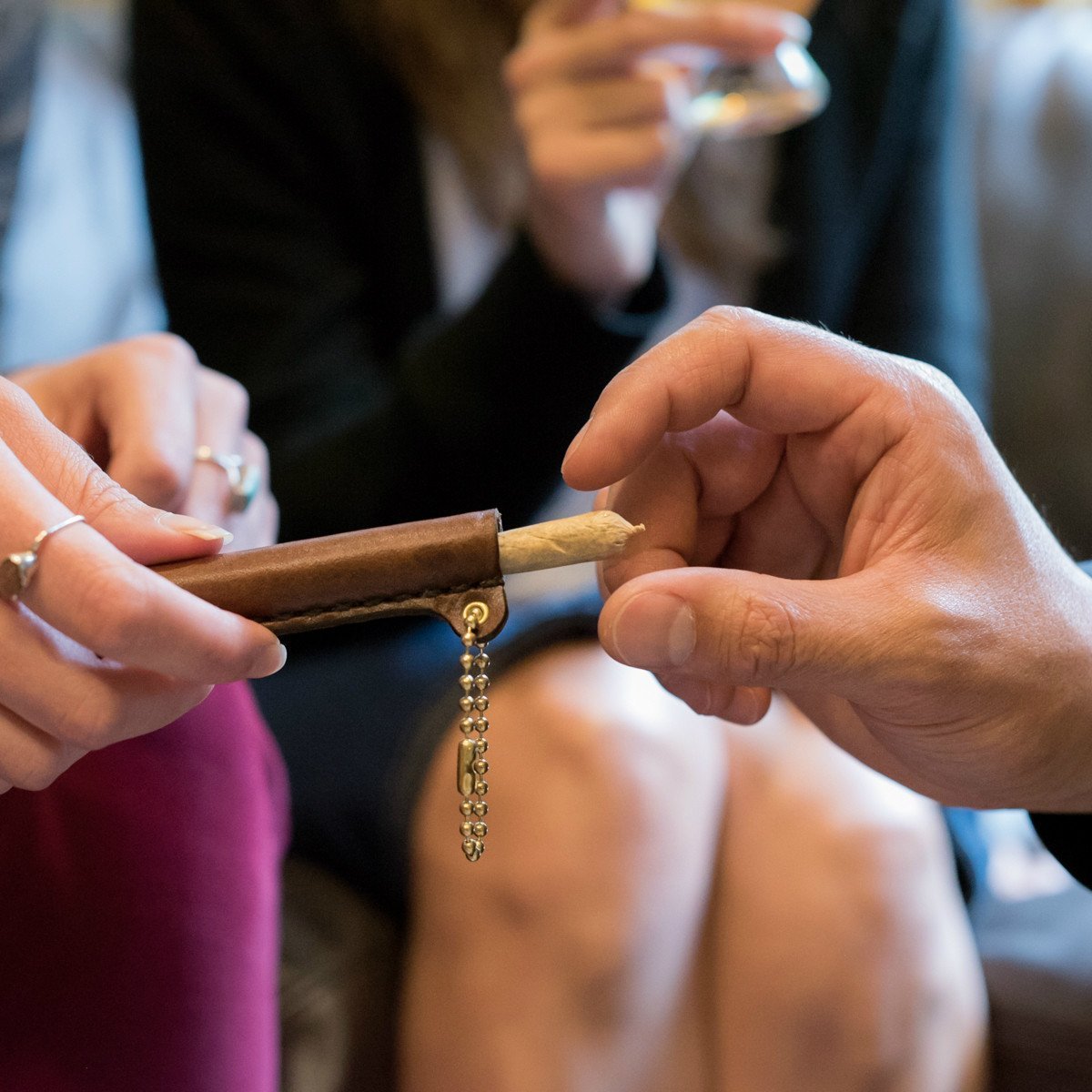
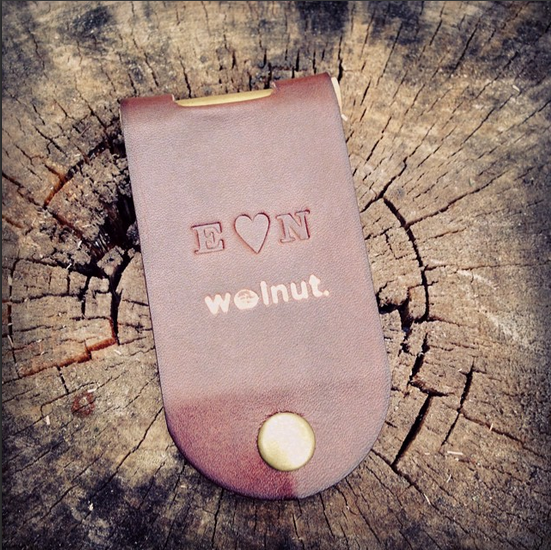
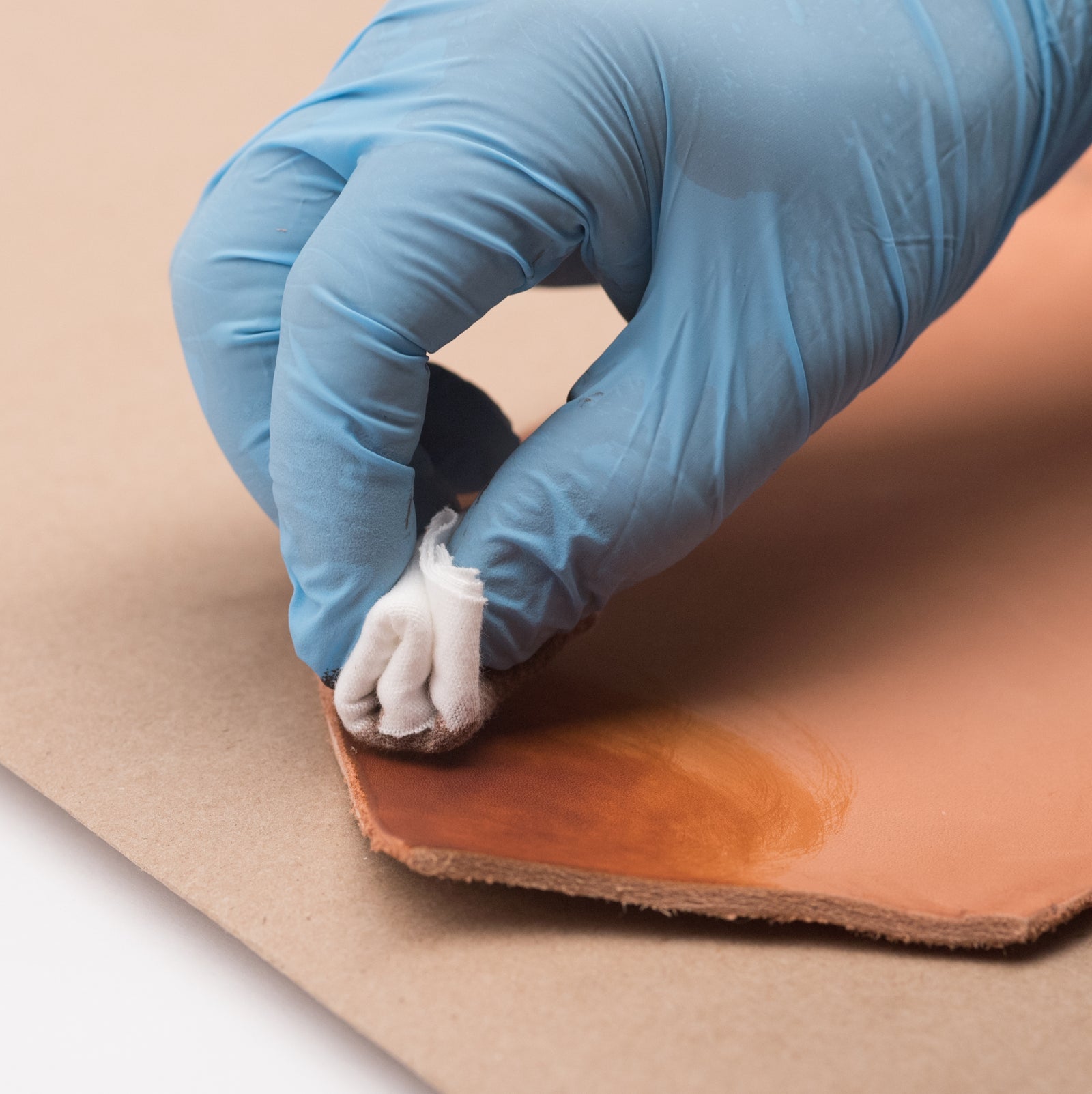
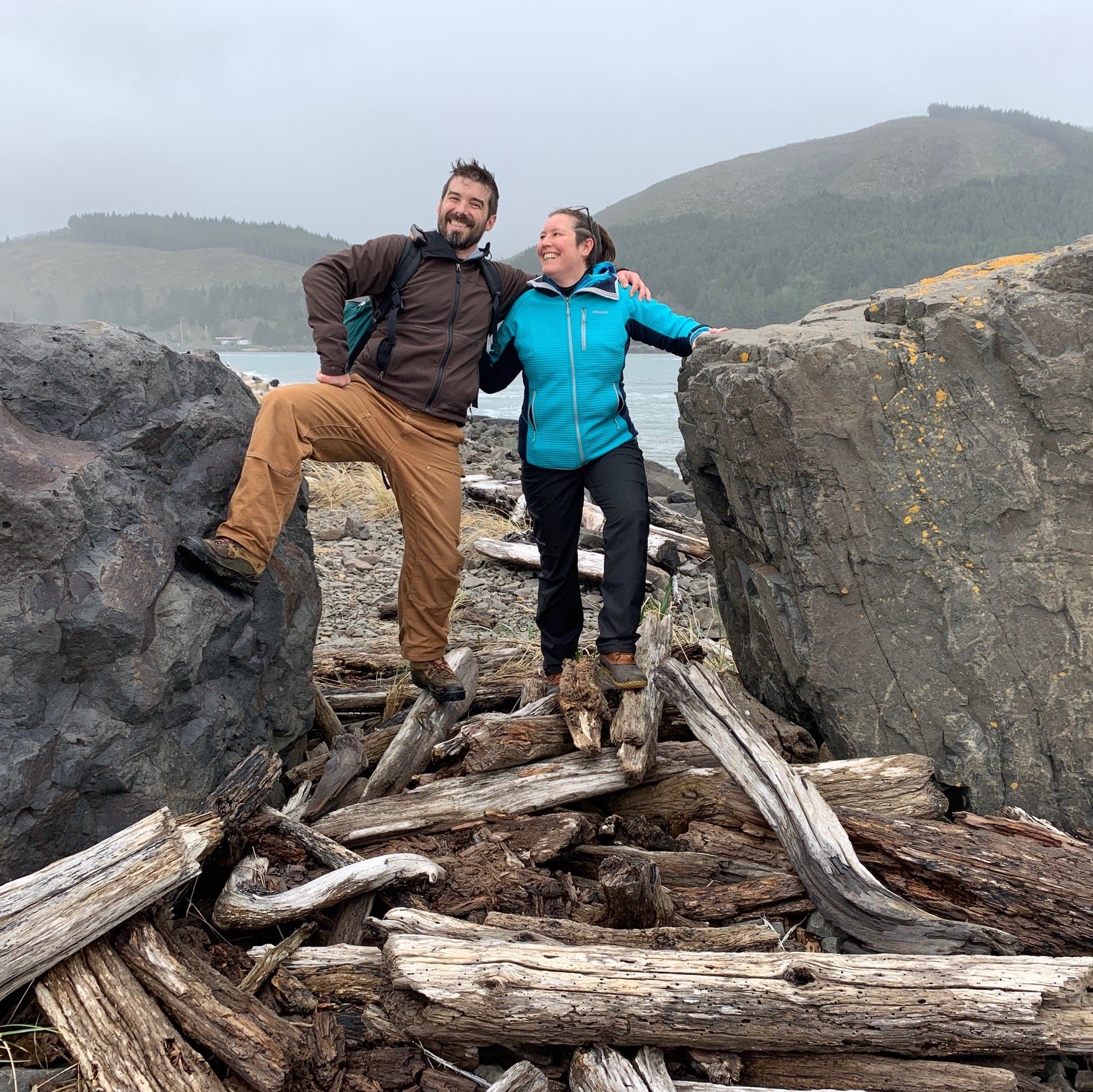
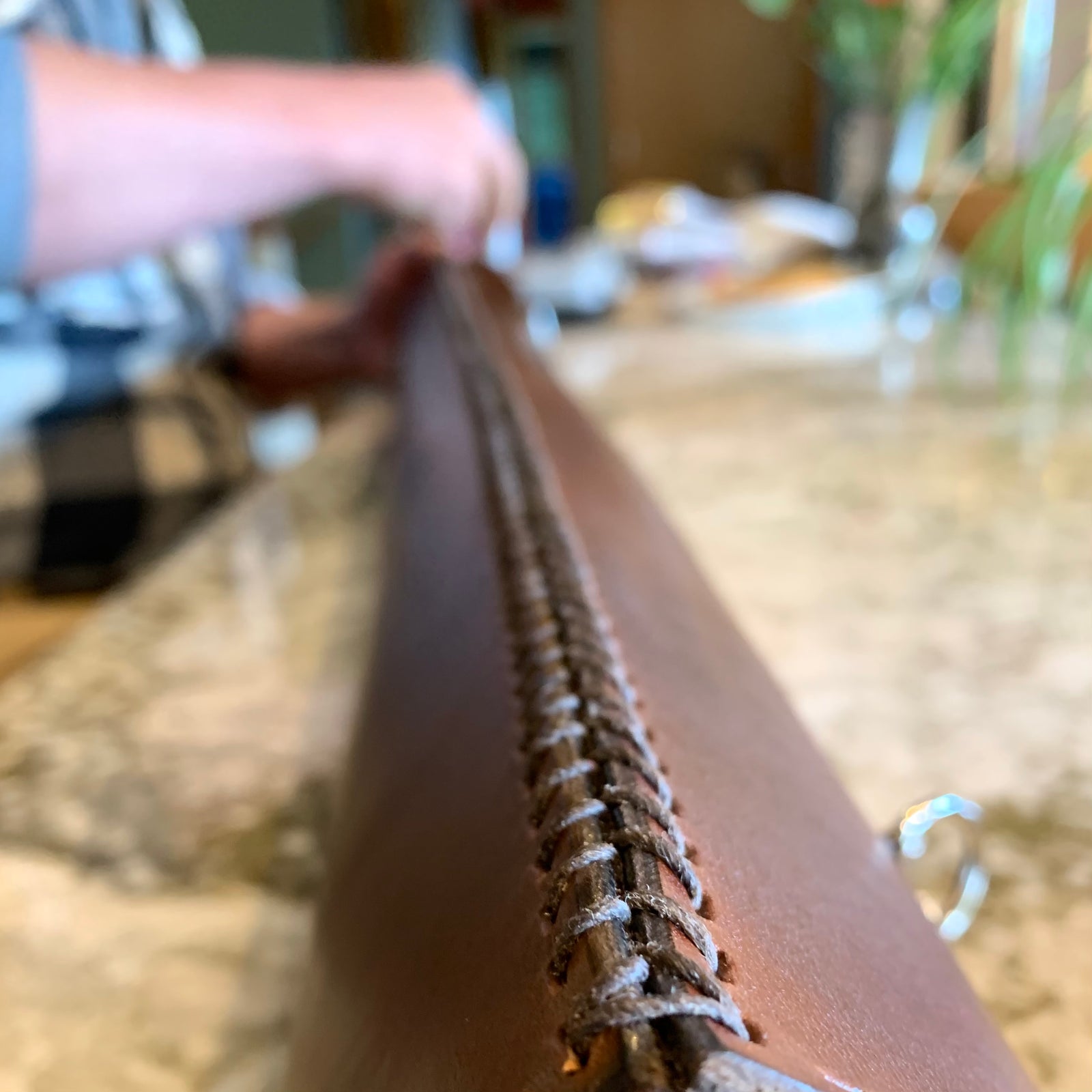
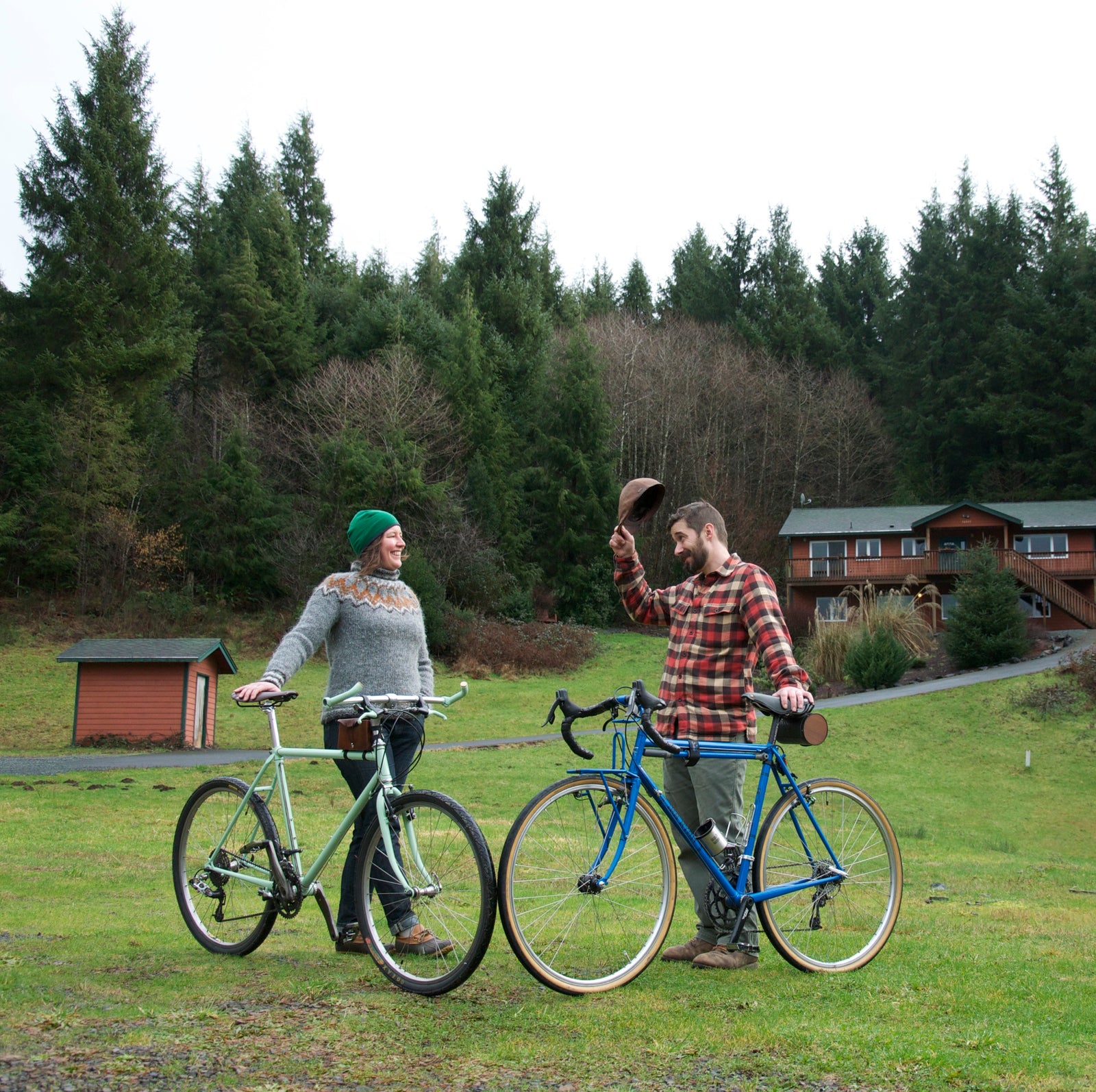
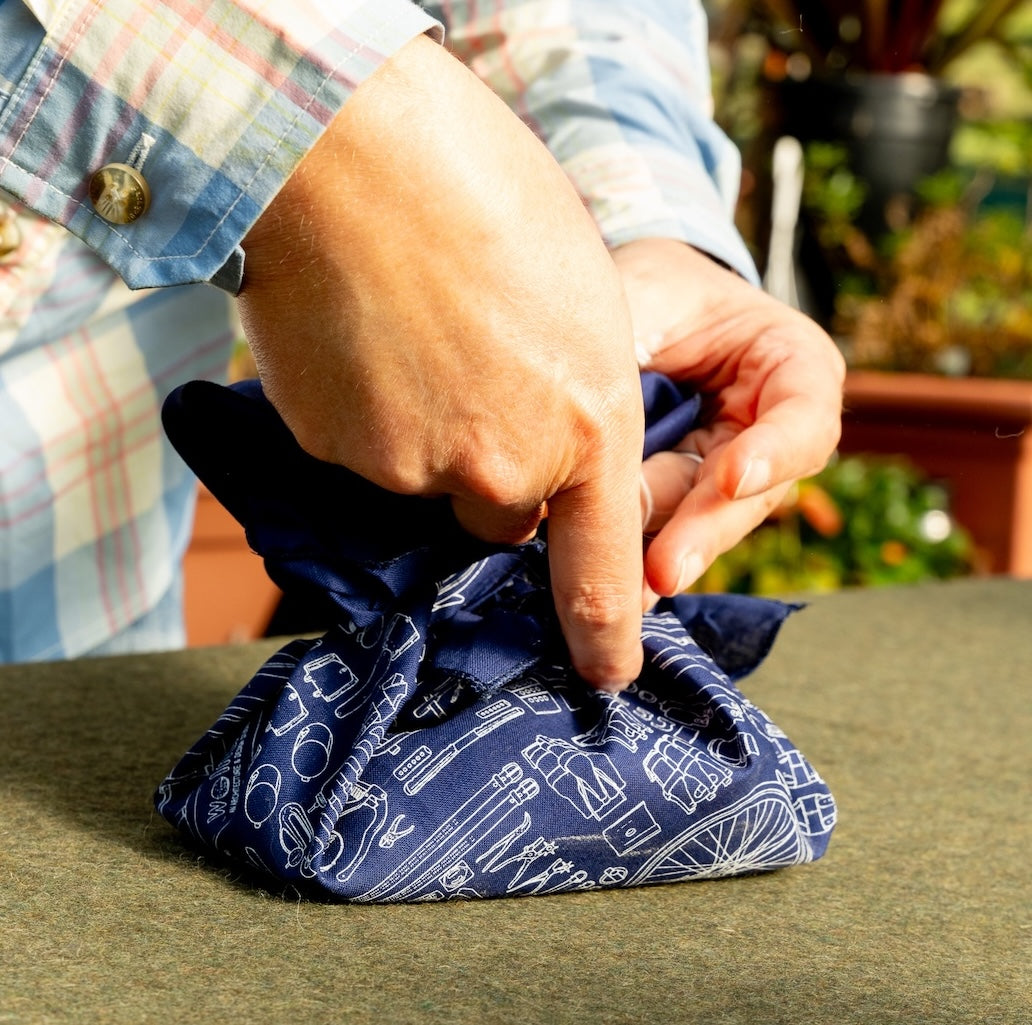









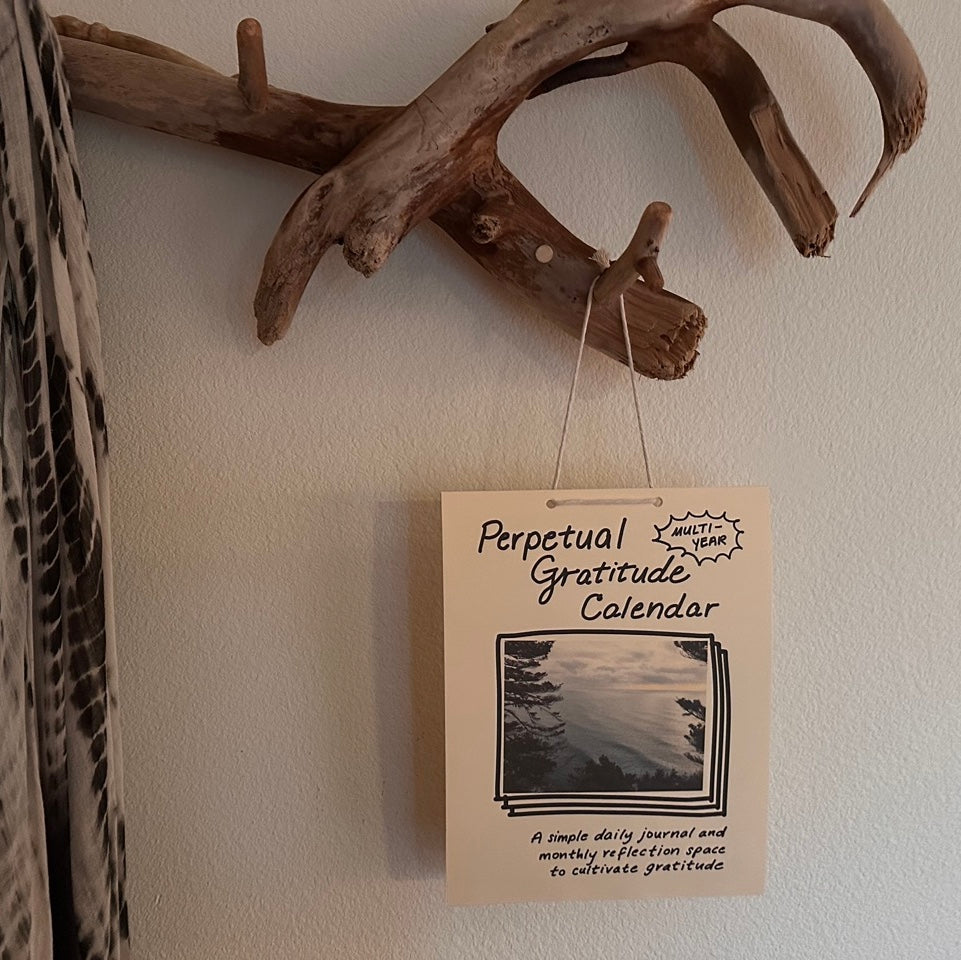
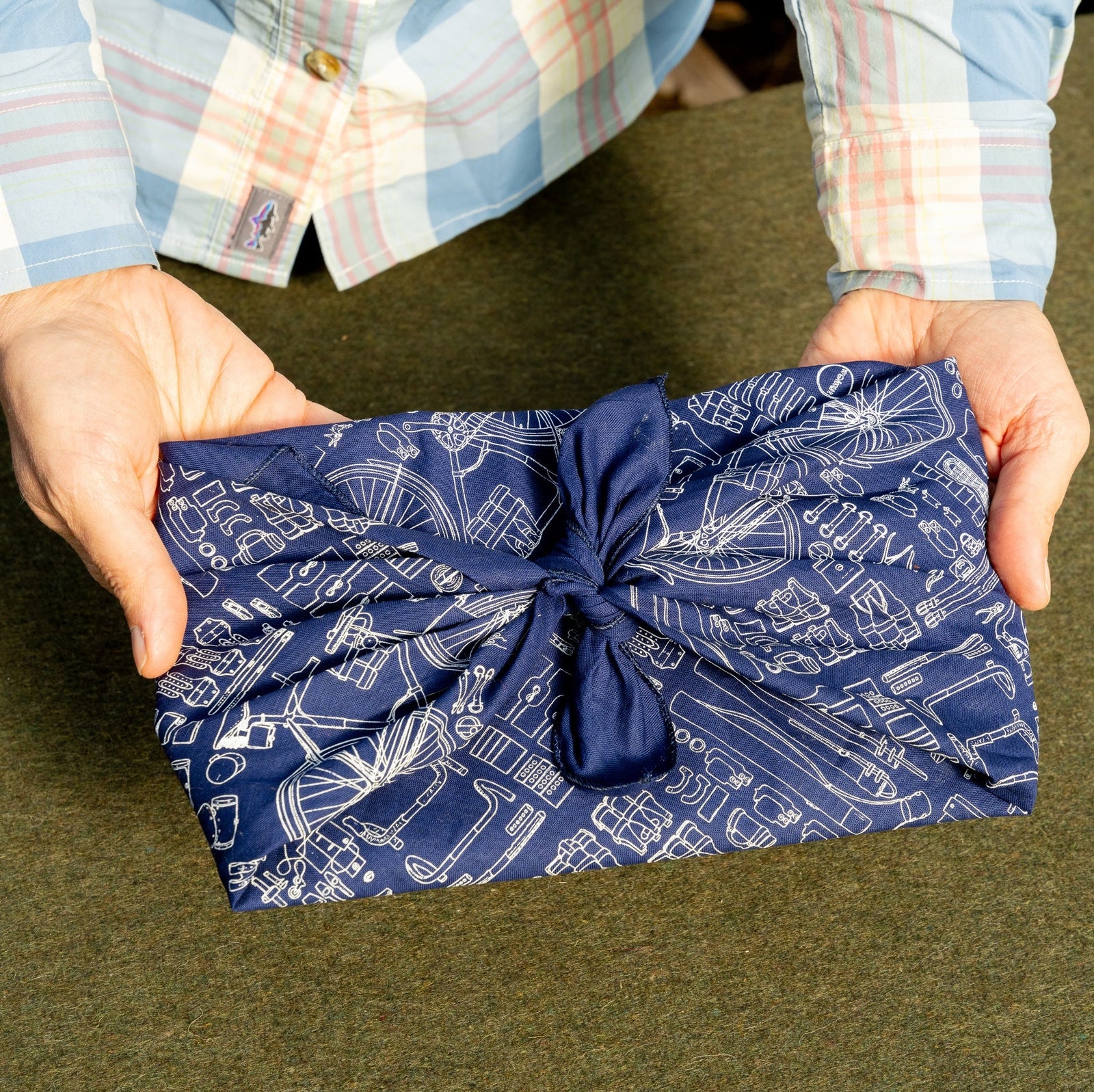
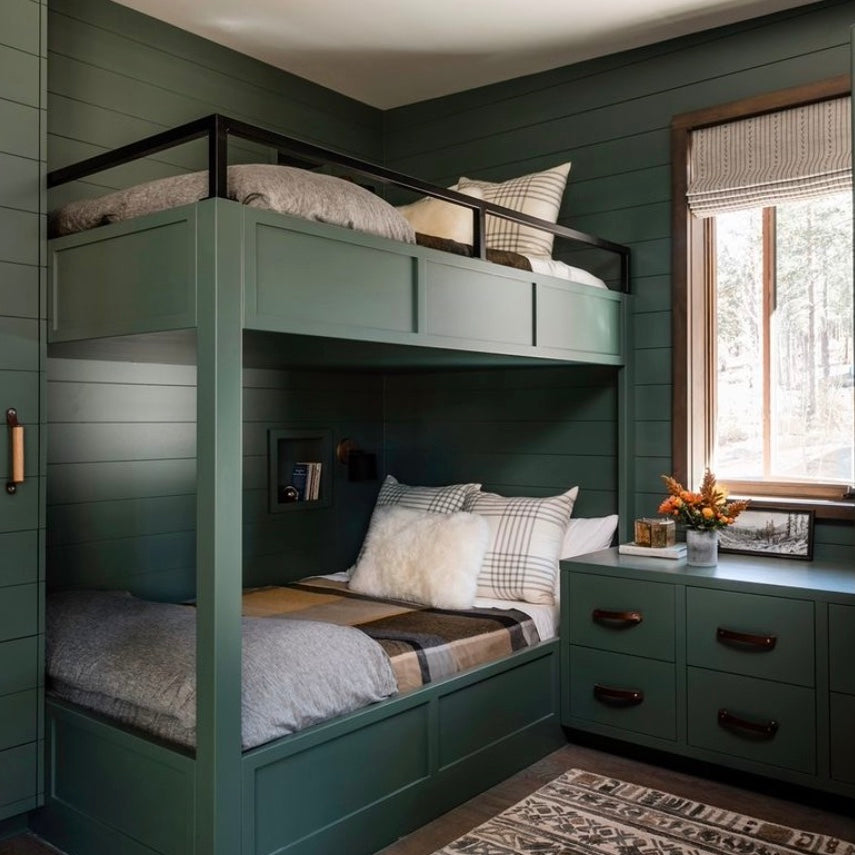
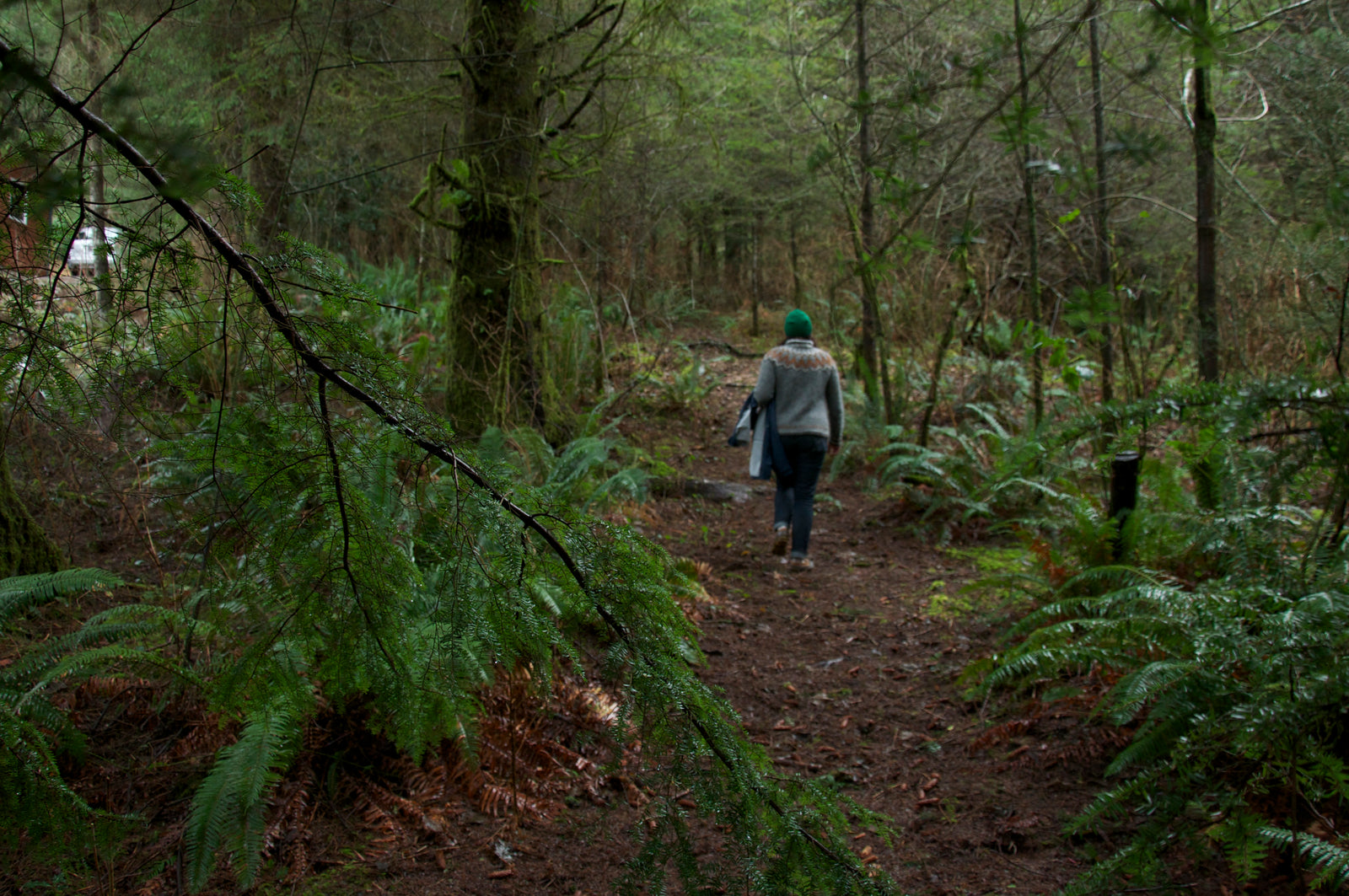
Vivid Kreations
April 13, 2025
Informative and well-explained! Loved how clearly you broke down the different leather types super helpful for buyers and leather lovers alike.